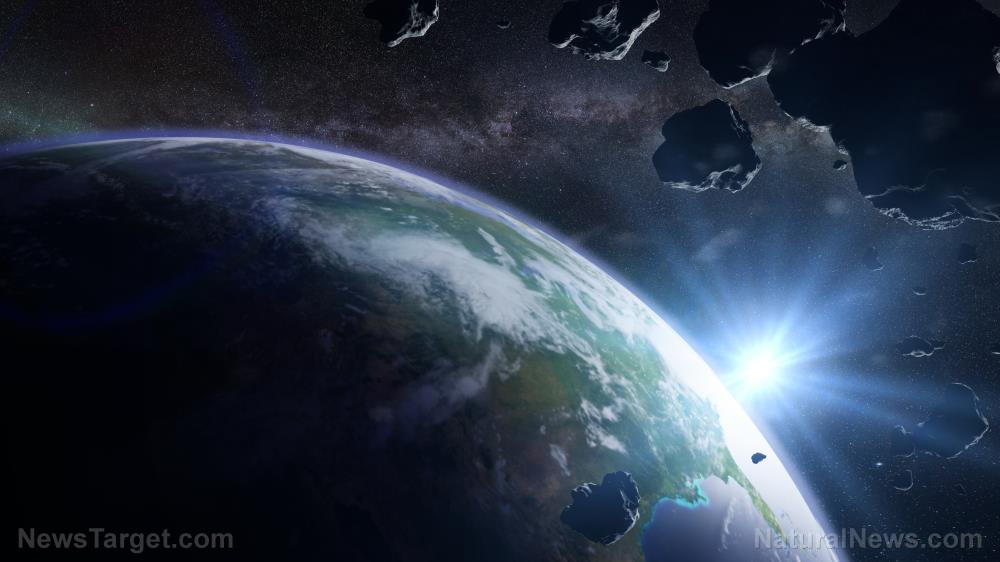
The theory about the Earth's magnetopause – the outer border of the planet's magnetic field – first came up 45 years ago. Researchers at the Queen Mary University of London (QMUL) finally acquired the first ever evidence supporting the oscillations.
QMUL lead researcher Martin Archer explained the dayside magnetosphere of the Earth – the side of the magnetic field directly between our planet and the sun. This side extends up to 10 times the radius of the planet itself.
The magnetosphere can be triggered by cosmic phenomena like solar wind and the plasma coming from the sun. The interaction causes the magnetic field to move, thereby altering the "space weather" or flow of energy through the area surrounding Earth.
Space weather affects technology in orbit around Earth and on its surface. It can disrupt electrical and electronic systems, such as the power grids that supply cities with electricity. (Related: North is relative: Geophysicists say Earth’s magnetic north pole is moving quickly.)
The magnetic field of the Earth vibrates like a drum when it gets hit by solar wind
To detect the theoretical oscillations of the magnetosphere, Archer needed multiple satellites to be in the right location when the magnetopause got hit by a strong impulse. The data collected by those spacecraft would provide concrete proof of the drum-like vibrations.
Furthermore, the space probes would identify any other factors that also triggered or contributed to the vibrations. These extraneous factors would be eliminated from the final calculations.
He and his team reviewed the theory of the drum-like vibrations of the magnetosphere. They added computer models of the dayside magnetosphere and global simulations of how the magnetosphere reacted to strong impulses.
The researchers came up with a list of requirements for solid evidence of the drumbeat. They needed at least four satellites arranged in a row near the boundary of the magnetosphere. The space probes gathered data on the driving impulse, the movement of the boundary and the signature sounds inside the magnetic field.
They got their data from NASA's THEMIS (Time History of Events and Macroscale Interactions during Substorms) mission, a group of five satellites studying the auroras in the polar region. THEMIS readings showed that the magnetosphere vibrated like a drum.
Human ears cannot hear the magnetosphere's drum beats
"We found the first direct and unambiguous observational evidence that the magnetopause vibrates in a standing wave pattern, like a drum, when hit by a strong impulse," Archer explained. "Given the 45 years since the initial theory, it had been suggested that they simply might not occur, but we've shown they are possible."
He compared the Earth's magnetic field to a musical instrument that made "music" in the form of space weather. Other studies came across magnetospheric behavior similar to the sounds made by wind and string instruments. Now, the QMUL team added percussion instruments to the planetary band.
Sadly, in space, no one could hear that sick drum beat. The frequencies of the magnetospheric vibrations ranged from 1.8 to 3.3 millihertz – thousands of times too low for human ears to pick up. Furthermore, the scarcity of particles in space reduced the already flimsy strength of the pressures, so they failed to move the eardrum.
Archer's team adjusted the data acquired by the sensor suite of the THEMIS space probes. Then they transformed the signals into an audible form for human hearing.
Read more fascinating physics stories at Physics.news.
Sources include:
Please contact us for more information.























